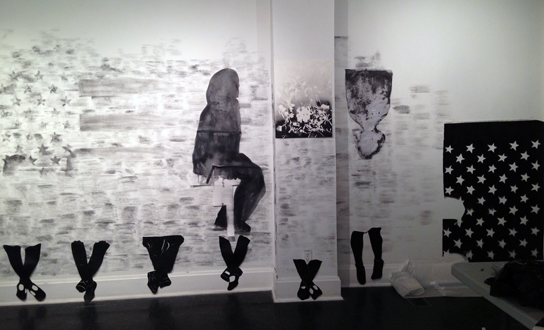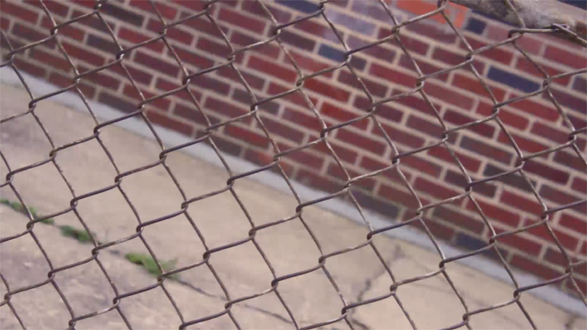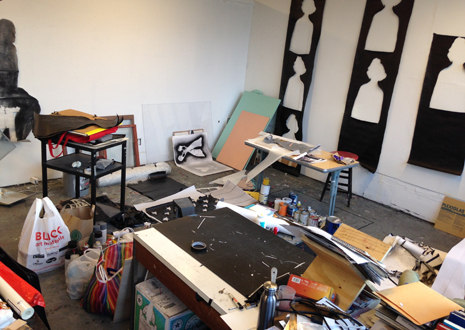by Renae Sullivan, PhD Student Department of History
We are in a particularly critical moment in time that requires extended understanding of the complex issues of immigration into the United States and the associated global forces that determine mobility. My research explores the overlooked linkages during the Green Revolution between The Ohio State University (OSU), and four professional home economists trained at OSU, including one from India.
The Green Revolution was ~
After investing in agricultural experiments in Mexico during the 1940s, the Rockefeller Foundation started financing agricultural research stations overseas in the 1950s. These locations, such as India, were sites for planting and harvesting experimental strains of wheat and rice. These high-yielding varieties (HYV) were biologically created to produce more grain, in contrast to native varieties of wheat that generated more stock than seed. The blending of research, education, and extension activities facilitated the beginnings for the Green Revolution that was to blossom in late 1960s India. Scholars emphasize that the Development Decade of the 1960s was distinct for its “all-out drive for increased outputs of grain,” and the land-grant university models, along with their agricultural specialists exported to India, were key to implementing modern technologies that facilitated that outcome.
#1)The role of OSU ~
Who were these specialists that were exported to India? In 1960s India, local governments began the task of developing agricultural universities. With the initial funding of the Ford Foundation and the assistance of American land-grant universities, Indian agricultural universities also established Home Economics departments as part of their academic systems. In India it was known as Home Science. Between 1955 and 1973, Ohio State cooperated with four Indian Agricultural Universities under a United States Agency for International Development (USAID) funded project. Two examples of Indian universities that were associated with Ohio State were the Punjab Agricultural University (PAU), inaugerated in 1963 by Prime Minister Nehru, and considered the first Indian university to effectively combine research and extension programs; and the University of Udaipur, established in 1955. Through the Rajasthan Agricultural University Act of 1962, the resources of Udaipur Polytechnic, an institution that granted degrees in mechanical, electrical, and mining engineering, allied with the agricultural program at UU. Ohio State hired the American agricultural and home economics professionals who provided guidance at PAU and UU, located in Northwest India.
#2) Home Economics ~
Three professional, American home economists, who earned degrees in Home Economics at Ohio State University, were tasked with providing specialized support for the new Home Science departments at PAU and UU during the Green Revolution. Dr. Edna Ramsayer Kaufman, Dr. Maria Friesen, and Fanchon Warfield each worked under a USAID contract for a minimum of two years. Kaufman and Friesen, for example, both worked at Punjab Agricultural University, Kaufman from 1965 to 1967 and Friesen from 1967 to 1969. Warfield, who was the first to arrive in India and the last one to leave, worked at the University of Udaipur from 1964 until 1970.
In contrast to the Cold War ideals of domesticity, these three women were unique. Friesen, for example, earned her PhD in Home Economics at OSU at the age of 61, retired as head of the Home Ec. Department at Eastern New Mexico University in 1967, and then went to live and work in India at the age of 64. Warfield, like Friesen, was single and started a new career in her 60s. On the other hand, Kaufman, married at the age of 55, then left with her husband for her assignment in India. Although their personal circumstances and career motivations were different, they all held similar job responsibilities in India. One of the main tasks for Warfield, Kaufman, and Friesen concentrated on hiring instructors and department leadership for their respective universities. They also helped to promote increased student enrollment in Home Science courses and to develop curriculum and degree programs. They participated in village extension programs, extra-curricular activities on and off campus, advocated for the production of buildings created specifically for the needs of Home Science students, and frequently solved problems. In her monthly report to Dorothy Scott in 1966, for instance, Warfield tells the dean of OSU’s Home Ec. department that it was time for the University of Udaipur to open but there was nothing ready, “…not even a dean to give direction. This is the first time in the two years I have been in India that I have wanted to “chuck” it all and go home.” In their various locations, they always struggled to acquire and keep staff due to the lack of academically trained Indian Home Science professionals.
#3) Rajammal Devadas ~
One of the key Indian contacts that helped Warfield, Kaufman, and Friesen accomplish their employment obligations was OSU alumna, Rajammal Packianathan Devadas. After working at Women’s Christian College as a research assistant and as the first lecturer in Household Art in Queen Mary’s College, Tamil Nadu, India, in 1947 she received the Government of India Overseas Scholarship for advanced studies in the USA in Nutrition and Home Science Education. With that scholarship, she enrolled at The Ohio State University, where she earned a M.S. degree in Foods and Nutrition in 1948, a M.A. degree in Home Economics in 1949, and a Ph.D. in Nutrition and Biochemistry in 1950. Thereafter, she returned home to India and by 1953, she was Dean and Professor of Home Science, at Baroda College.
During her tenure at Baroda, the Ford Foundation began donating large sums of money to the college to develop its Home Science department in order to train Indian women in advanced degrees so that they could fulfill academic positions around India. As the author of the first Home Science textbook in India, published in 1959, Devadas stated that “Home Science coordinates the modern scientific knowledge with the cultural and spiritual traditions of the past, thus making home life a source of happiness and strength for the family.” From 1955-1961, she served India as the Chief Home Economist and Joint Director of Extension. While she was working in the Central Government, Dr. Avinashilingam Ayya asked Devadas to help start a Home Science College in Coimbatore, India. For 20 years, Devadas was the principal of the Avinshilingam Home Science College until it transitioned into the Avinashilingam Deemed University in 1988, when she was advanced to the position of Vice Chancellor. After 50 years of service to the people of India, OSU honored this alumna with the Doctor of Humane Letters degree in 1994.
Thanks to the funding of the Global Mobility Project this preliminary research contributes to our understanding of the historical actors and motivations that provided opportunities for female Home Science students to receive funding in the 1960s from the Rockefeller Foundation in order to immigrate to America for advanced degrees.















